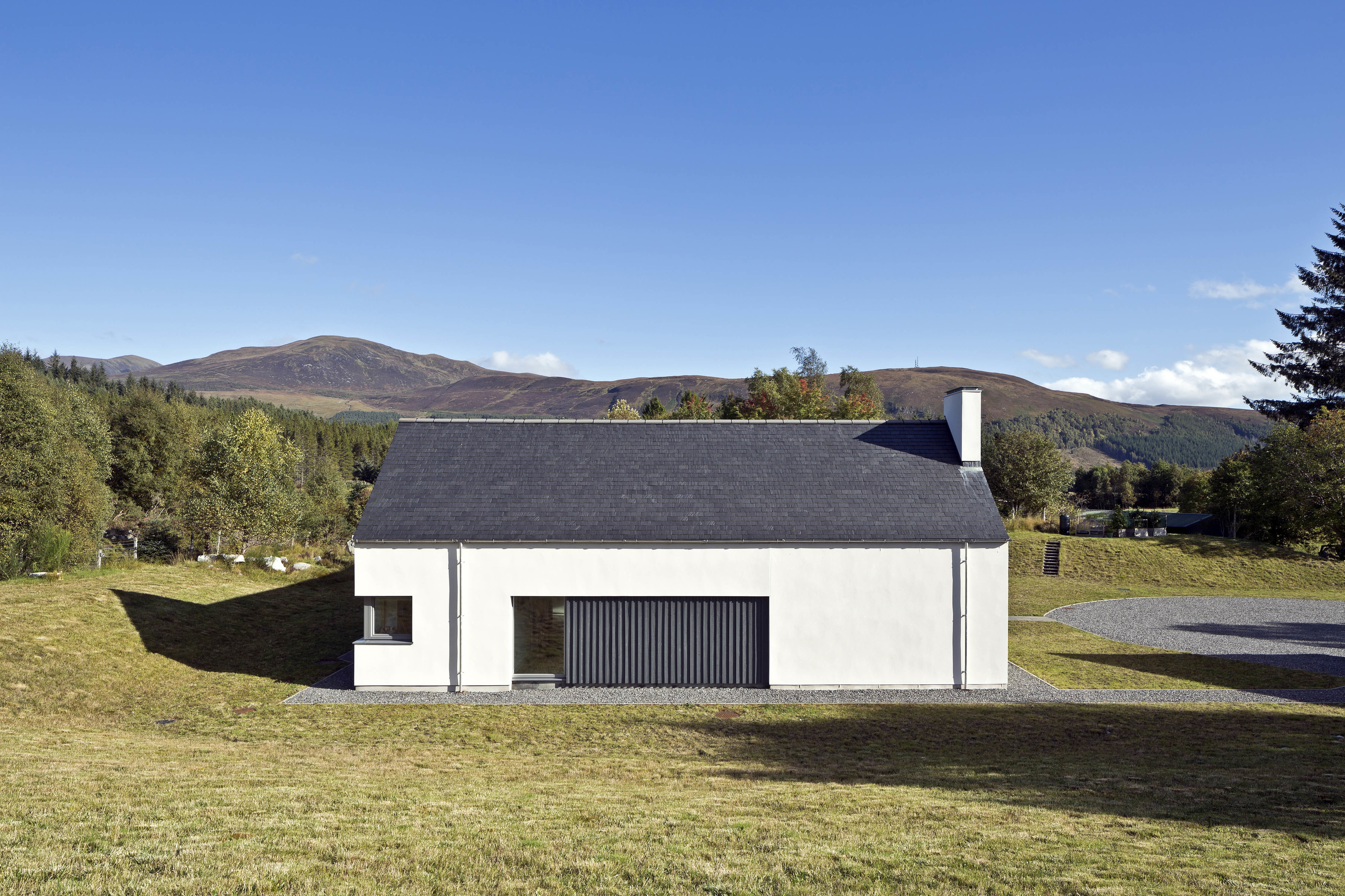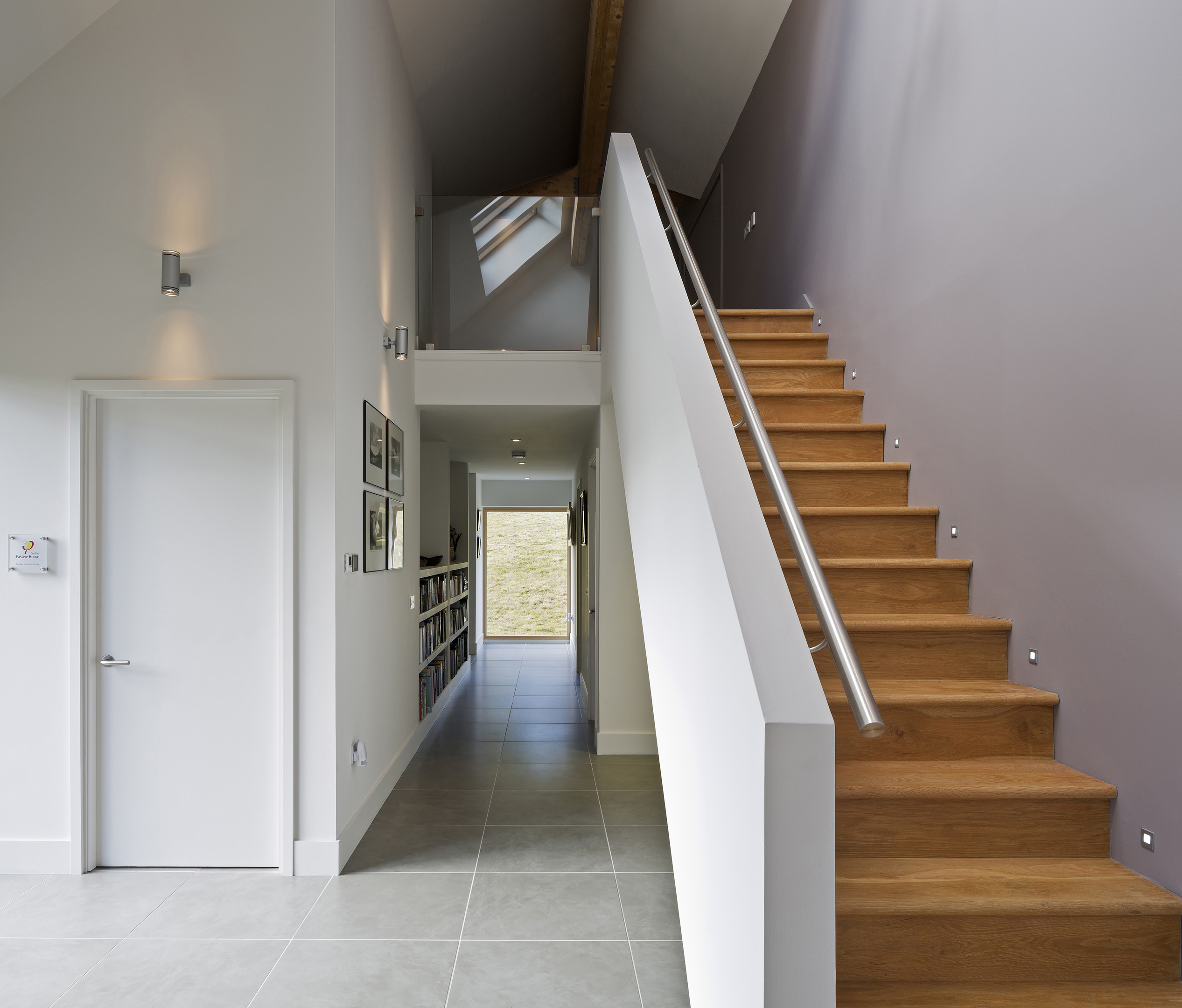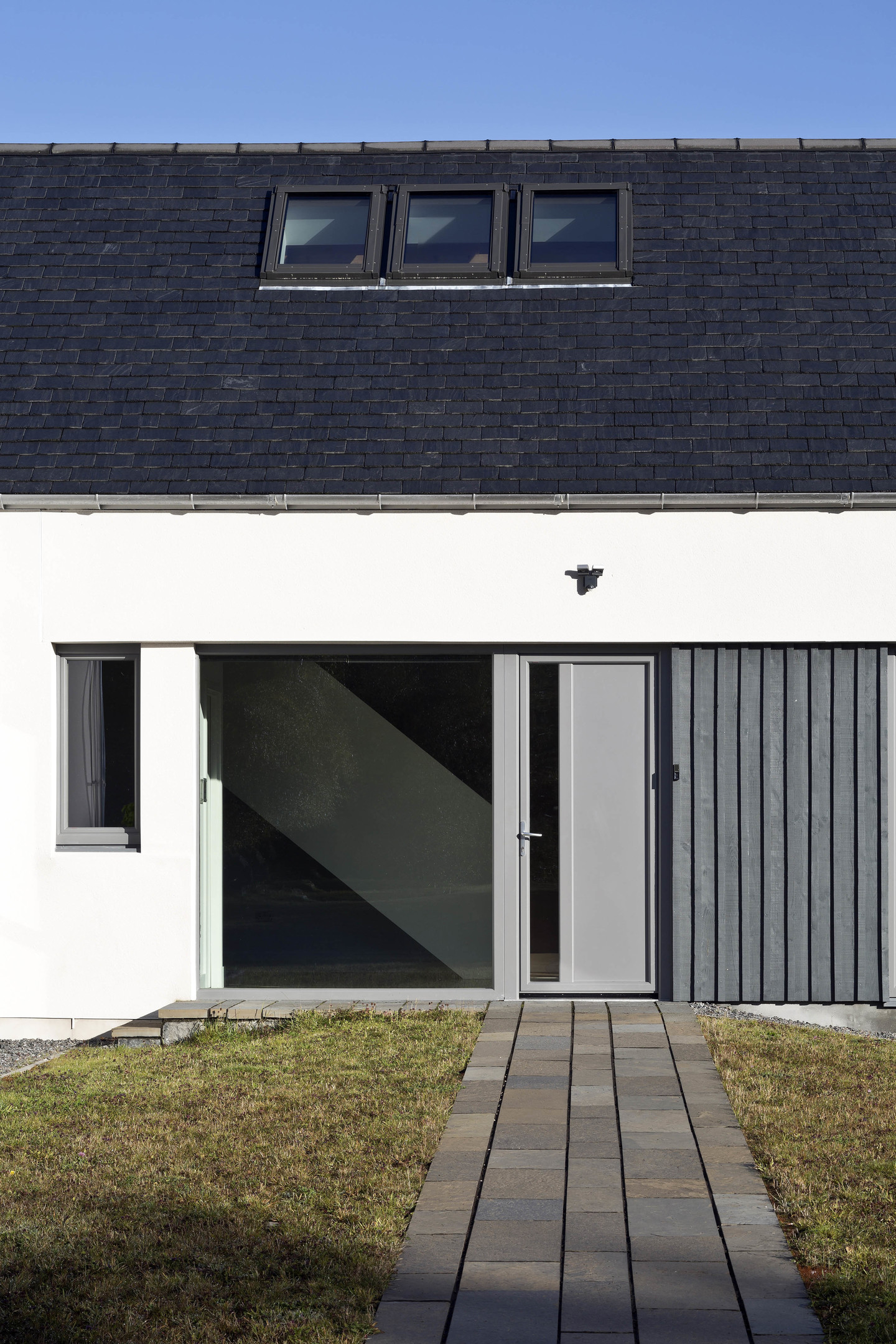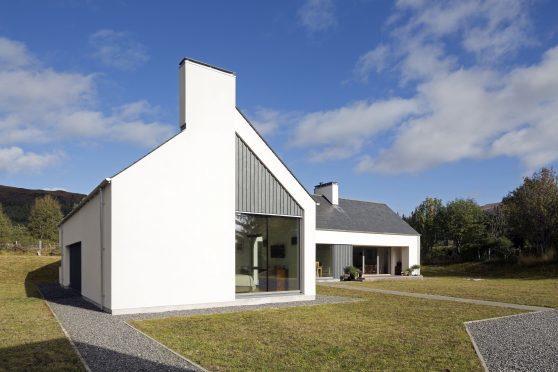An eco-friendly house in the hamlet of Gorstan near Garve in Ross-shire has been named as a winner by the Royal Incorporation of Architects in Scotland (RIAS).
The low energy Passivhaus, Tigh na Croit, nestles quietly into an area of former crofting land. The dwelling creates a high quality contemporary, low energy, environmentally responsible house which takes Highland and rural design as inspiration while achieving the European Passivhaus standard to radically drive down energy consumption and CO2 emissions.


The property was also recently commended in the residential category at the Scottish Design Awards and is shortlisted for several other awards including the Architectural Excellence category in the Scottish Home Awards 2016; the 2016 UK Passivhaus Awards and for Single Dwelling New Build category of the 2016 Saltire Society Housing Design Awards, due to be announced later this month.
As one of the most northerly certified Passivhaus projects in the UK, Tigh na Croit achieves an 80% reduction in energy use through considered orientation, simple architectural form, careful detailing, high levels of airtightness and a super insulated building fabric.
Ross Barrett, Associate at HLM, the architecture company which designed the house, said: “Our intention was that the house should look towards the form of a traditional steading in creating an appropriate scale and form for the site.
“We proposed a contemporary architectural solution where the scale, proportion, openings, roof pitch and mix of materials are all contextually relevant to the rural landscape and create a high quality, low energy design looking towards new successful precedents of rural, Highland housing”.

Passivhaus is the leading international low energy design standard. More than 37,000 buildings have been designed, built and tested to this standard worldwide. The buildings are built with meticulous attention to detail and rigorous design and construction according to principles developed by the Passivhaus Institute in Germany, and can be certified through an exacting quality assurance process.
At the RIAS awards this month the house won Zero Waste Scotland’s Resource Efficiency Award. Petra Biberbach, board member of Zero Waste Scotland, presented HLM Architects with the special award for resource efficiency.
She said: “Tigh-na-Croit is an outstanding example of the level of resource efficiency that can be achieved in residential housing. As a fully certified European ‘PassivHaus’, it meets a rigorous, voluntary standard for energy efficiency, and requires very little energy for space heating or cooling.
“Achieving 80% reduced energy consumption in a traditional steading design is both radical and inspiring. It’s an example of the innovation we’d like to see applied to homes and buildings across Scotland.”
